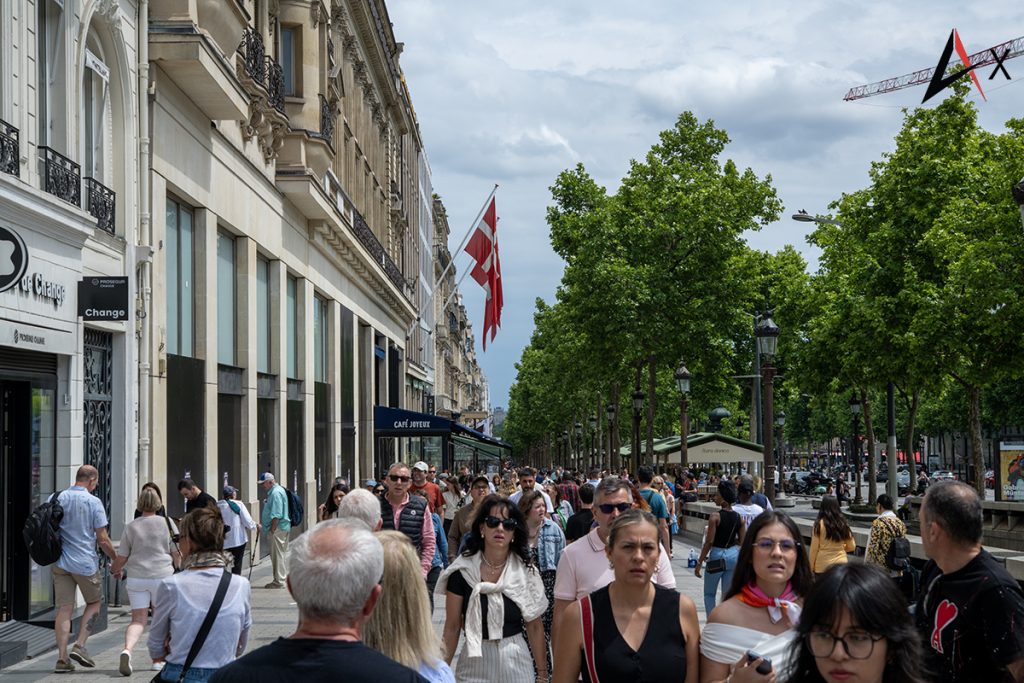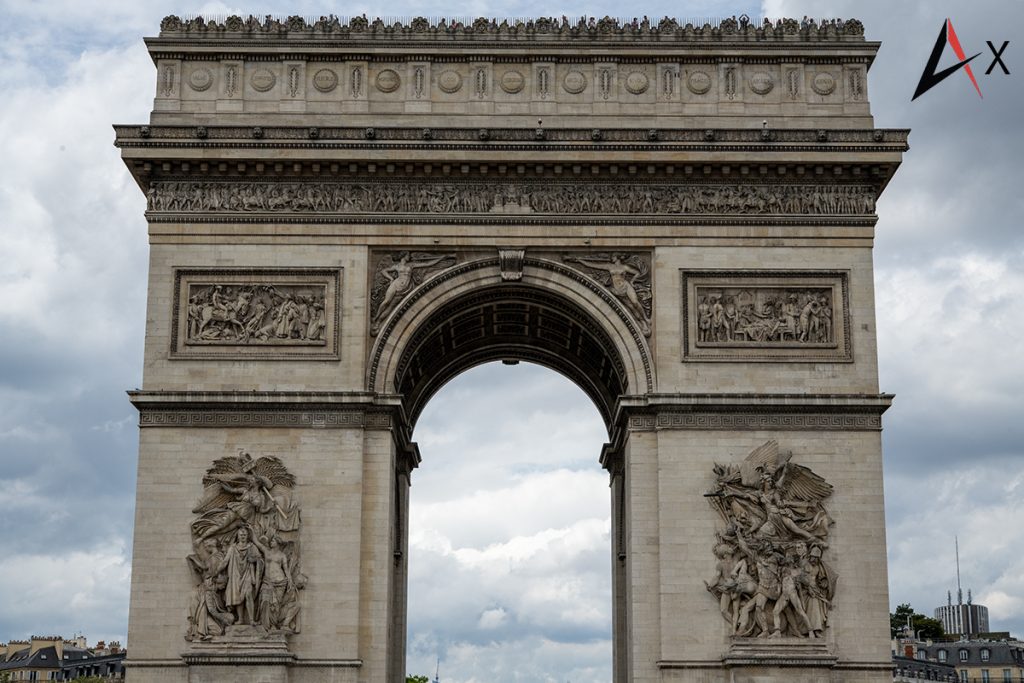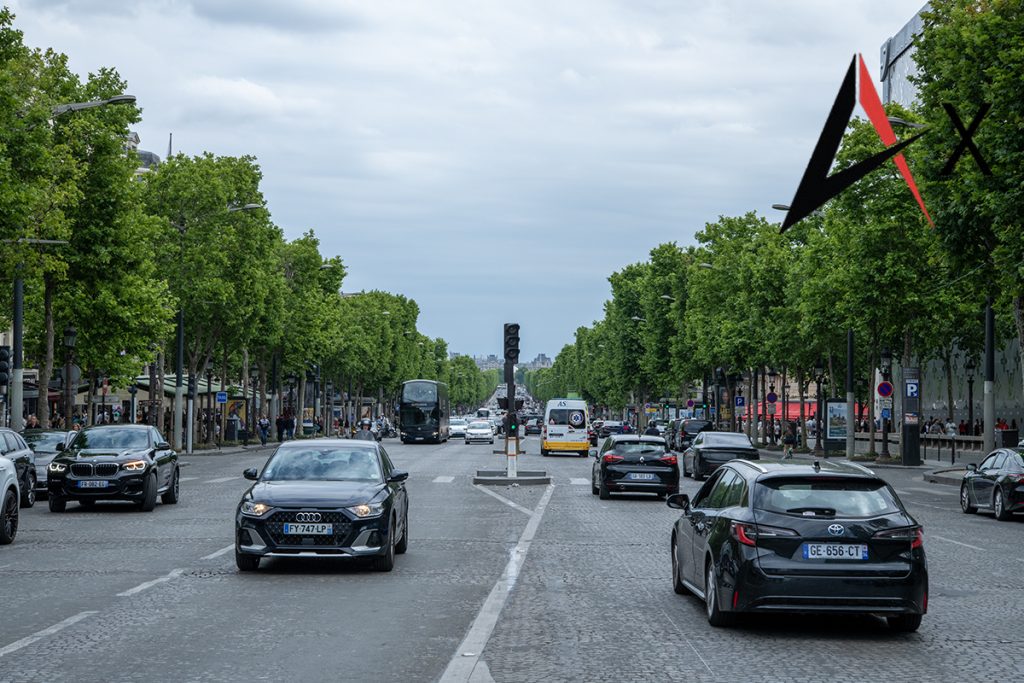Stretching nearly two kilometers along Paris’s historic axis, the Avenue des Champs-Élysées is a central artery connecting Place de la Concorde to Place Charles-de-Gaulle in the heart of the 8th arrondissement.

Renowned worldwide and often hailed as “the most beautiful avenue in the world,” the Champs-Élysées is a must-see destination for visitors to the French capital. However, in recent years, it has lost favor with many Parisians, who view it as overly commercialized, congested, and lacking in authenticity. As a result, discussions around its transformation and revitalization are ongoing.

The avenue’s origins date back to the early 17th century, when the land was little more than uninhabited marshland. In 1616, Queen Marie de’ Medici initiated the creation of a tree-lined promenade—the Cours la Reine—inspired by the elegant Cascine park in Florence. This marked the first step in developing the western extension of the Tuileries Garden.

Later, under the reign of Louis XIV, France’s expanding borders and the king’s desire to glorify Paris led to significant urban development. Acting on a proposal by Minister Colbert, the king issued a decree on August 24, 1667, ordering the construction of wide avenues to replace the city’s medieval fortifications. One such road was intended to facilitate the movement of carriages traveling to Saint-Germain-en-Laye and the newly constructed palace of Versailles.
To realize this vision, Louis XIV commissioned André Le Nôtre—the famed landscape architect behind Versailles and the Tuileries Garden—to design a grand avenue extending westward from the Palais des Tuileries. Initially named the “Avenue des Tuileries,” it was conceived as a monumental axis, mirroring the grandeur of Versailles and symbolizing royal authority.
Le Nôtre’s design carved a majestic path through woodland and marshes, extending from what is now Place de la Concorde to the current Champs-Élysées-Marcel-Dassault roundabout, and onward toward what was once the Montagne du Roule—now the site of Place de l’Étoile and the Arc de Triomphe. The avenue was flanked by formal lawns and rows of elm trees and was known by various names over time, including the “Grand Cours,” “Avenue of the Royal Gate,” and “Avenue of the Palais des Tuileries.”
The name “Champs-Élysées”—a reference to the mythological Elysian Fields, the final resting place of heroes in Greek mythology—first appeared in 1694 and was officially adopted in 1709. The name may have been chosen to elevate the status of the area, which at the time included low-lying, unsanitary districts associated with less reputable activities.
Today, while its character continues to evolve, the Champs-Élysées remains a symbol of Parisian elegance and grandeur, offering a unique blend of history, architecture, and cultural significance.













